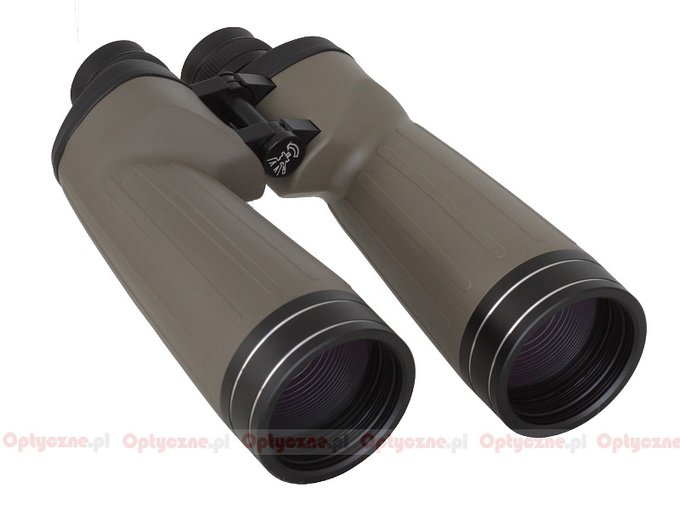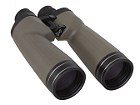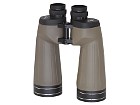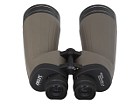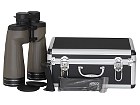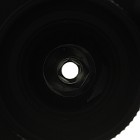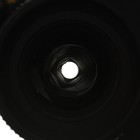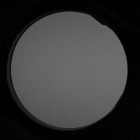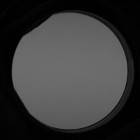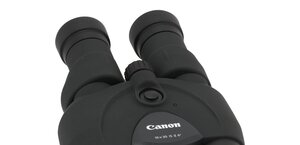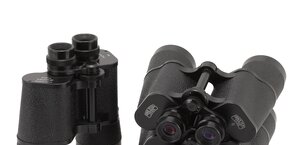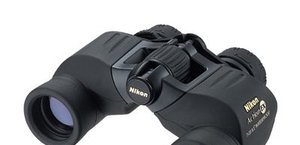Delta Optical Extreme 15x70 ED
Already in 2006 the Oberwerk company launched models of the same series with 70 mm objective lenses. That time they weren’t just faithful copies of the Fujinon devices. Their parameters were different for one thing: when the Fujinons came as 10x70 and 16x70 binoculars the Oberwerks, produced by United Optics, were 10.5x70 and 15x70. At the end of 2012 the Polish Delta Optical company decided to get a move in that class of equipment as well, announcing a launch of four models: 7x50, 10x50, 10.5x70 and 15x70.
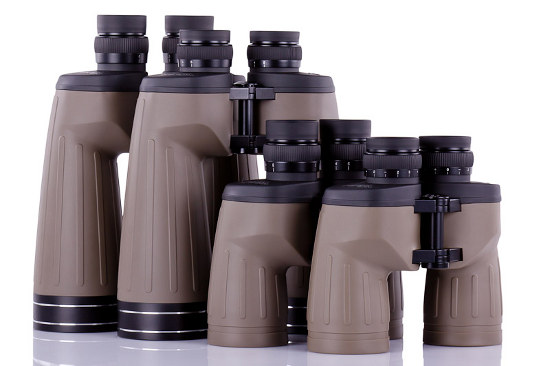 |
As we already mentioned above the parameters and appearance of the Extreme ED series binoculars are very similar to the Fujinons from the FMTR-SX series. They are fully waterproof, equipped with individual focusing and nitrogen-filled so often recommended as perfect devices to use near or/and on water. They are also great as astronomical instruments – their big objective lenses are able to gather a lot of light, huge prisms don’t cause any vignetting and the efficient Porro construction is supposed to guarantee a high transmission level.
Delta Optical is a company well-known for improving the constructions offered by their rivals by introducing small but handy changes – that’s why we were very curious how the DO Extreme would compare to the William Optics or Fujinon binoculars we’ve already tested.
Buyers get cups, a strap, a hard case, a tripod adapter and a cleaning cloth in the box. The product comes with a five-year guarantee period.
| Magnification | Lens diameter | Angular field of view | Prisms | Eye relief | Weight | Price |
|---|---|---|---|---|---|---|
| 15 | 70 | 77/1000(4.4o) | BaK-4/Porro | 18 mm | 2550 g | 1499 PLN |
Summary
Pros:
- huge and solid casing,
- good transmission,
- wide field of view,
- excellent correction of chromatic aberration,
- proper correction of astigmatism,
- negligible coma,
- low brightness loss on the edge of the field of view,
- very good whiteness rendering,
- dark areas near exit pupils,
- huge prisms made of BaK-4 glass,
- good price/quality ratio.
Cons:
- some annoying bungles in the casing construction,
- very high value of the minimum focusing distance.
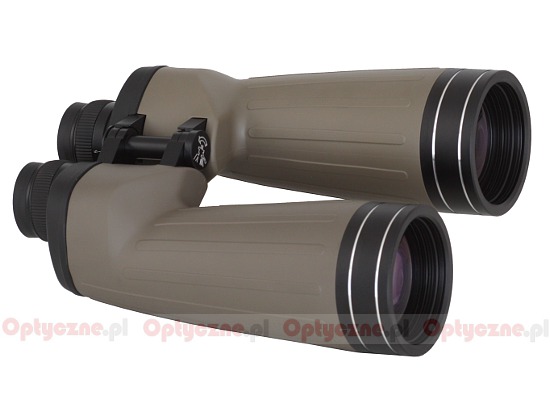 |
Taking into account the price of those binoculars we can boldly say you deal here with an optical pearl. Only the distortion is corrected a tad below average, the rest of optical aberrations the Delta Optical Extreme 15x70 ED manages to correct very well or exceedingly well.
If you want to be a purist you can also notice that the exit pupils are slightly truncated. You should also expect a higher transmission level from a well done Porro construction. Still for less than 400 Euro, because such a sum you have to pay for the Extreme 15x70, it would be difficult to demand the usage of the best coatings; that’s why the transmission is hardly outstanding. On the other hand you can certainly call it good. The result of 92% for the red light and about 85-87% for the middle of the visible spectrum is certainly nothing to be ashamed of.
 |
It would be also difficult to complain about the 19 metres minimum focusing distance in a piece of equipment which is so obviously not designed for observation of birds or butterflies. It is a huge pair of binoculars which might be used in astronomy or on water; you won’t need to focus on objects which are situated just several meters away.
The biggest difference between the Delta and the device it’s been modelled on, the Fujinon FMT-SX 16x70, is the quality of the casing. The rubber armour of the Delta doesn’t cover the area near the objectives which is made of painted black, matt metal. The result? As soon as you put the binoculars down on any harder surface with the objectives downwards the edges of the casing become scratched.
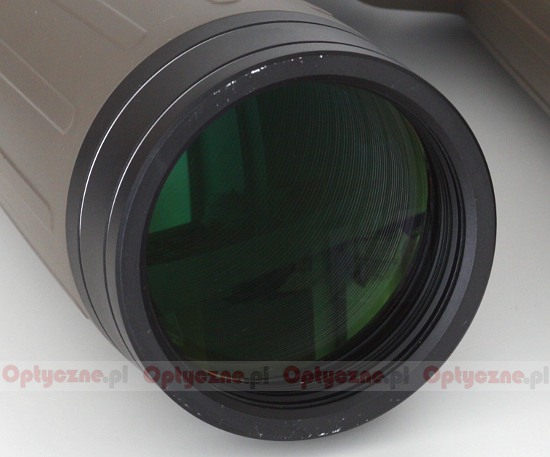 |
The second thing, characteristic for the Extreme ED series, is the sparse glue usage. There is not enough of it not only near the black rubber covering the prisms, which can be pulled out without the need of excessive force; also near the rubber covering the tubes the glue coverage is simply lacking so, in several places, the rubber is visibly ballooned. It can be annoying especially that such a flaw should have been easy to catch and fix in the factory.
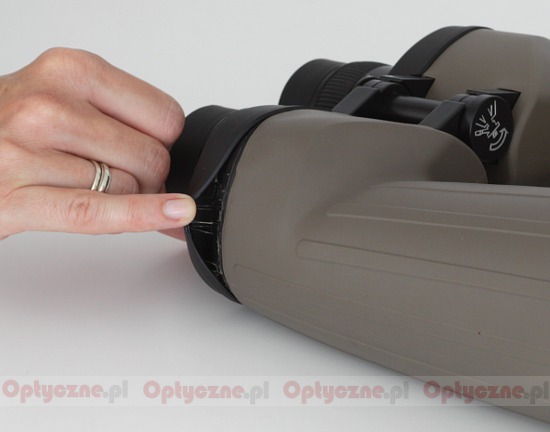 |
Would it be actually better if the binoculars were a bit more expensive but also better polished up mechanically? Maybe it’s more convenient to pay those 400 Euro and then buy a tube of good glue to fix the shortcomings left by the factory workers on your own; after all it’s a simple task that wouldn’t take more than half an hour.
No matter what the answer is, it doesn’t change the most important fact: slight shortcomings don’t make these binoculars optically worse in any way. If you can’t accept the price of the Fujinon and you feel tolerant for small mechanical flaws, the Delta won’t disappoint you for sure.





